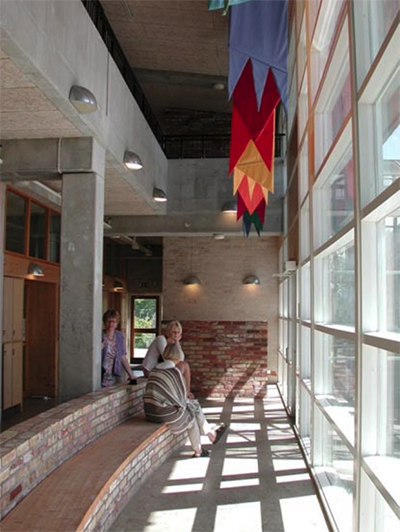 This note was reviewed and approved for currency in October 2018, with qualification that some references and resources are now superseded.
This note was reviewed and approved for currency in October 2018, with qualification that some references and resources are now superseded.
This note introduces the concept of design for adaptability as an essential strategy for creating sustainable buildings. The approach requires life-cycle thinking and the ability to understand how buildings can be designed to be flexible and resilient to human and environmentally induced change. By designing for adaptability, designers acknowledge that sustainability is an emergent quality of a building, not a performance measure and that a building should be designed in ways that diminish the likelihood of it becoming obsolete.
